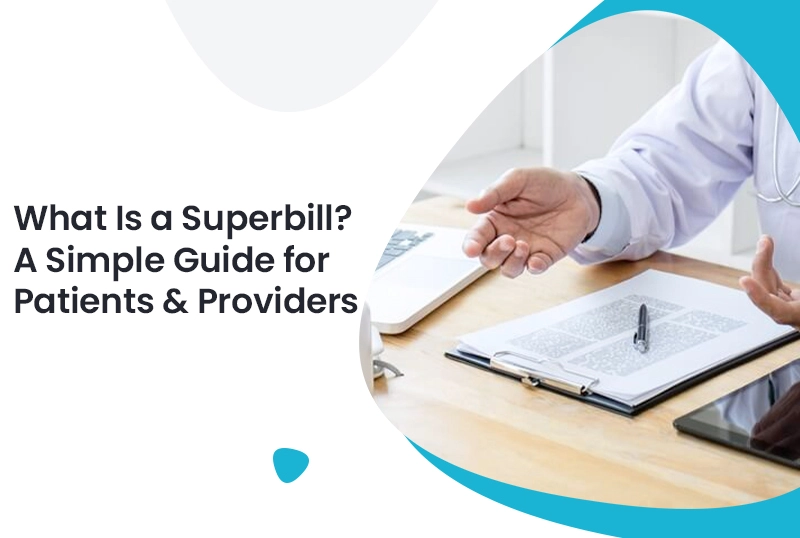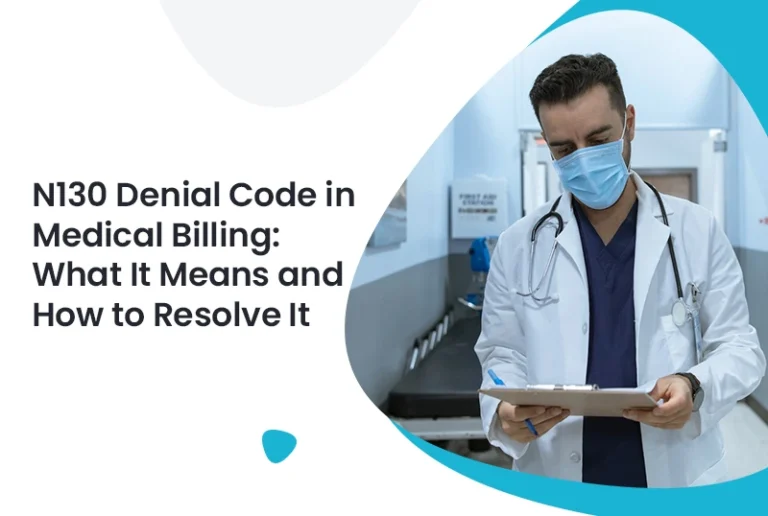Ever been handed a document after a doctor visit and wondered, “What do I do with this?” Chances are, it was a super bill.
A super bill isn’t a bill you pay. It’s a detailed summary of services you received from a healthcare provider. This document helps you, the patient, file a claim with your insurance company for possible reimbursement. For providers, it’s a bridge between their care and your insurance.
Sounds simple, right? Yet, many providers still rely on manual entries or don’t issue super bill at all, leading to patient confusion and reimbursement delays.
When you work with a medical billing service, this process becomes seamless. They ensure your superbills are structured properly with all required diagnosis codes (ICD-10), procedure codes (CPT), and provider information, reducing back-and-forth with insurers.
Let’s break down how super bill work, why they matter, and how both sides benefit.
What’s Inside a Super bill? Key Components to Know
A well-prepared superbill does more than list services it tells a story your insurance company can understand and act on.
It typically includes:
- Patient information: Name, DOB, insurance details
- Provider details: NPI number, credentials, contact info
- Diagnosis codes (ICD-10): Medical condition(s) treated
- Procedure codes (CPT/HCPCS): Services or treatments performed
- Service dates: When care was given
- Total charges: What the provider charged
Why does all this matter? Insurance companies use this info to decide whether you’re eligible for reimbursement. If even one part is missing or incorrect, your claim could get delayed—or worse, denied.
For providers, creating accurate superbills ensures smooth patient experiences and faster insurance responses. For patients, it’s your proof of care and cost, especially if your provider is out-of-network.
When and Why You Might Receive a Super bill
Superbills are especially useful when your provider doesn’t bill insurance directly. You’ll often receive one when:
- Visiting an out-of-network provider
- Receiving specialty care, therapy, or counseling
- Paying up front for services
- Using a health savings account (HSA) or FSA reimbursement
Once you have a superbill, you submit it to your insurer. It’s that simple but only if it’s complete and correct.
For practices, managing superbills is just one part of keeping billing efficient. But if your practice also handles provider onboarding or network affiliations, you know how much paperwork can pile up.
That’s where credentialing services come in they ensure providers are authorized and up to date with insurers, which can affect how superbills are processed and reimbursed.
Why Super bill Matter More Than You Think
Let’s say you pay $150 for a therapy session. Your provider gives you a superbill. You file it with your insurer, and a few weeks later, you get reimbursed $90. Without that superbill, you might not see a penny back.
But the benefits go beyond reimbursements:
For Patients:
- Empowers you to reclaim costs from your insurer
- Helps track annual healthcare spending
- Useful for tax or HSA documentation
For Providers:
- Builds trust with patients
- Reduces admin time and confusion
- Improves cash flow (especially for out-of-network practices)
Want to make the process even smoother? Templates help. Some providers use digital superbill templates in their EHR systems. Others partner with billing platforms that automate the process and prevent errors.
Best Practices for Creating a Clean Super bill
Not all superbills are created equal. Here’s how to ensure yours gets accepted without delay.
For Providers:
- Use correct ICD-10 and CPT codes
- Include the provider’s full name, credentials, and NPI
- Clearly state the date of service and cost
- Ensure it’s legible and signed if needed
- Add practice details and contact information
For Patients:
- Double-check your insurance policy for reimbursement eligibility
- Submit your superbill promptly, most insurers have a deadline
- Include a claim form if required by your insurance
- Make copies for your records
Mistakes like typos in code or missing provider details can cause unnecessary friction. That’s why more practices now integrate their superbills into their revenue cycle management services, ensuring everything flows from the front desk to claims with accuracy and efficiency.
Conclusion
Whether you’re a patient looking to get reimbursed or a provider aiming to simplify your billing workflow, the superbill is your secret weapon. It’s not just a form, it’s a bridge between care and compensation, helping everyone stay organized and financially informed.
If you’re ready to make your billing process smoother and stress-free, Precision Hub has your back. With expert support in claims handling, documentation, and full revenue cycle management services, we take care of the behind-the-scenes work, so you can focus on delivering exceptional care.
FAQs
1. Is a super bill the same as a receipt?
Not exactly. A receipt just shows payment. A superbill shows medical codes and services required for insurance reimbursement.
2. Can I use a super bill if my provider is in-network?
Typically, no. In-network providers usually bill the insurance company directly. Superbills are more common with out-of-network care.
3. How do I submit a super bill to insurance?
Contact your insurer or visit their website. You’ll usually fill out a claim form and attach the superbill either by mail or online.
4. What happens after I send a super bill to my insurance?
The insurer processes the claim. If approved, you’ll receive reimbursement based on your out-of-network benefits.
5. Can I generate a super bill myself?
Only providers can create valid superbills because they must include official medical codes and credentials.






